
Ba Na Commune Public Administration Service Center ( Da Nang City) - Photo: VGP
Minister of Home Affairs Pham Thi Thanh Tra, Deputy Head of the Standing Committee of the Government's Steering Committee for the arrangement of administrative units at all levels and the development of a two-level local government organization model, has just issued Official Dispatch No. 16/CV-BCĐ, sent to the Provincial Party Committee, City Party Committee and People's Committees of provinces and centrally run cities on the implementation of allowance regimes for cadres, civil servants, public employees and workers after the arrangement of administrative units and two-level local government organizations.
Previously, the Government Steering Committee issued Official Dispatch No. 03/CV-BCĐ dated April 15, 2025 and Official Dispatch No. 11/CV-BCĐ dated June 4, 2025, orienting a number of tasks for arranging administrative units and organizing two-level local governments.
However, during the implementation process, there are still different understandings about maintaining the current allowance regime for cadres, civil servants, public employees and workers receiving salaries from the state budget affected by the administrative unit arrangement.
To unify the implementation, following Official Dispatches No. 03/CV-BCĐ and Official Dispatch No. 11/CV-BCĐ, the Government Steering Committee supplements instructions on the implementation of allowance regimes and salary increase regimes.
The document clearly states that the current salary allowance regimes include 18 types: Leadership position allowance; seniority allowance beyond the framework; concurrent allowance; regional allowance; special allowance; attraction allowance; mobility allowance; toxic and dangerous allowance; job responsibility allowance; national defense and security service allowance; seniority allowance; responsibility allowance by profession; preferential allowance by profession; special allowance applicable to the armed forces; allowance for long-term work in areas with particularly difficult socio-economic conditions; public service allowance; allowance for work of the Party, political and social organizations; responsibility allowance for internal political protection work; allowance for concurrently holding commune-level positions.
The retention (reservation or continued enjoyment) of allowances according to the orientation at Point 3.1, Clause 3, Official Dispatch No. 03/CV-BCĐ and Point 4.2, Clause 4, Section B, Official Dispatch No. 11/CV-BCĐ is applied to cadres, civil servants, public employees, and workers receiving salaries from the state budget who are affected by the arrangement of administrative units but are still cadres, civil servants, public employees, and workers at agencies and organizations in the political system.
Accordingly, before being arranged, cadres, civil servants, public employees, and workers who are receiving any of the above salary allowances will continue to receive that allowance after being arranged.
In case an officer, civil servant, public employee or employee has less than 06 months of remaining working time from the date of the arrangement decision (due to retirement at the right age, early retirement, resignation...), he/she will continue to receive allowance until the end of the remaining working time.
The document also gives a clear example: Before the arrangement, civil servant A of the district-level Inspectorate was receiving a responsibility allowance according to the inspection profession at the rate of 25% of the current salary plus the leadership position allowance and seniority allowance exceeding the framework (if any). After the arrangement, he was assigned to the job position of a commune-level civil servant, and the responsibility allowance according to the inspection profession at the rate of 25% mentioned above was kept for 6 months.
In addition to maintaining current allowances, cadres, civil servants, public employees and workers continue to receive salary increases according to current law.
Will propose regional allowance for new commune area
Recently, at a professional training conference for commune-level officials, civil servants and public employees organized by the Ministry of Home Affairs, many localities raised questions about salaries and allowances after the merger.
Mr. Tong Van Lai, Deputy Director of the Department of Wages and Social Insurance (Ministry of Home Affairs) explained further: "Not all civil servants and public employees are entitled to all 18 types of allowances. Whoever is entitled to any of these allowances, when the organization is reorganized and their job or position changes, will continue to be entitled to that allowance."
According to Deputy Director Tong Van Lai, of the 18 types of allowances, there are 2 types of allowances that are widely applied and have a direct impact on the process of organizing the apparatus, especially at the commune level, which are regional allowances and special allowances.
Before the organizational restructuring, the whole country had 4,390 communes out of a total of more than 10,000 communes receiving regional allowances and 255 communes receiving special allowances. The scope was very wide, the subjects were very large. After the restructuring of the new communes, the State has not yet regulated allowances for these cases because the number is too large and too complicated.
The Ministry of Home Affairs has compiled statistics and developed a specific plan. There are new communes that have been established on top of four old communes, while the old communes have different regional allowances. Some communes receive an allowance of 0.3, others receive 0.4 or 0.5, or even 0.7. When combined, what level of allowance will the new communes be calculated on? This is a very big problem.
Therefore, it is necessary to calculate the regulations on regional allowances for new communes in the coming time. The Department of Wages and Social Insurance has reported to the Minister of Home Affairs the options after reviewing, on that basis, collecting opinions from 34 provinces and cities across the country.
Mr. Tong Van Lai also suggested that localities continue to review these two types of allowances to proactively develop new allowance plans for new localities so that when the Ministry of Home Affairs solicits opinions, there will be a practical and scientific basis to propose the most suitable allowance level for the new commune.
Thu Giang
Source: https://baochinhphu.vn/bo-sung-huong-dan-ve-phu-cap-nang-bac-luong-cho-can-bo-cong-chuc-sau-sap-xep-102250811184658733.htm


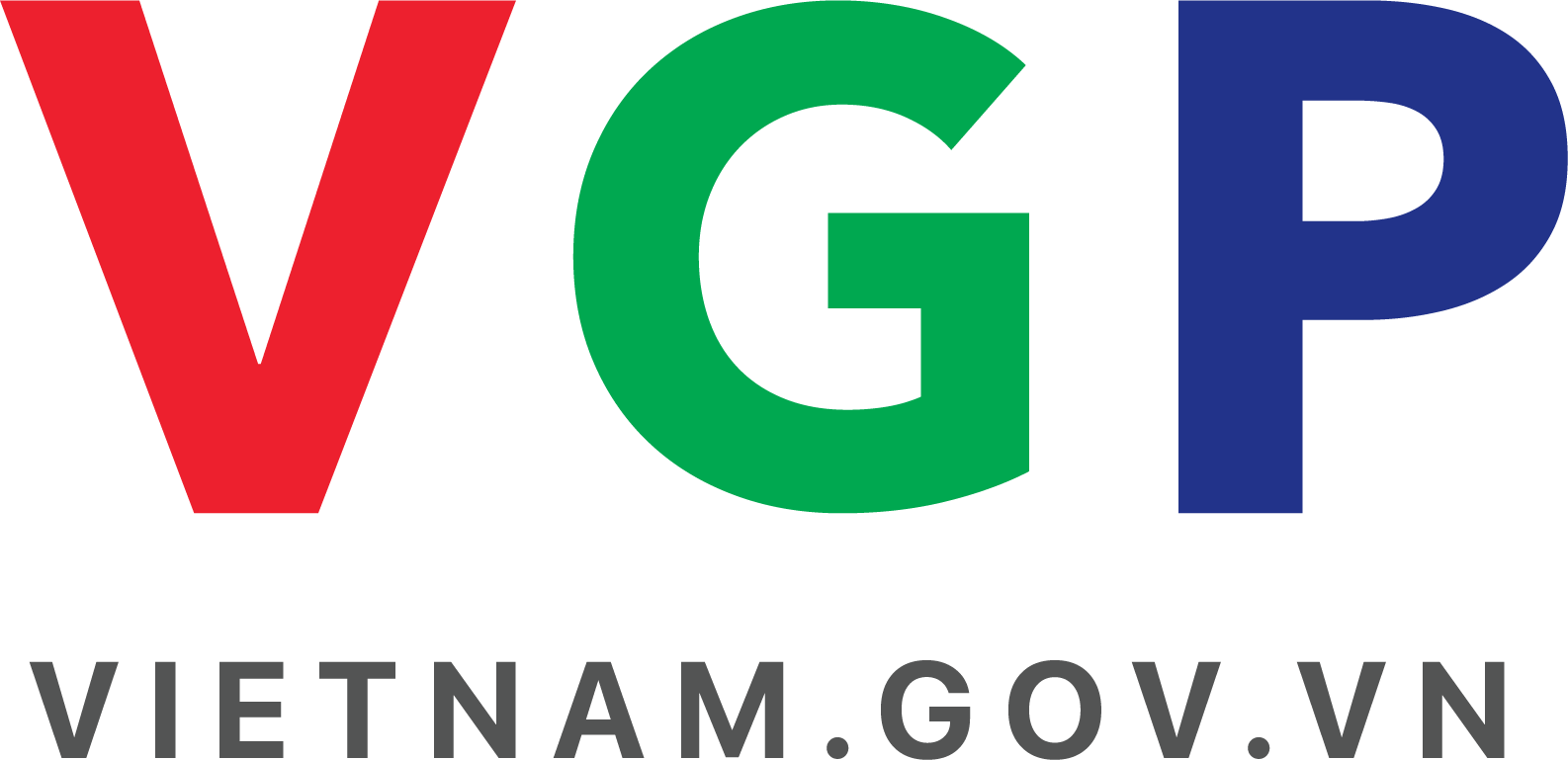
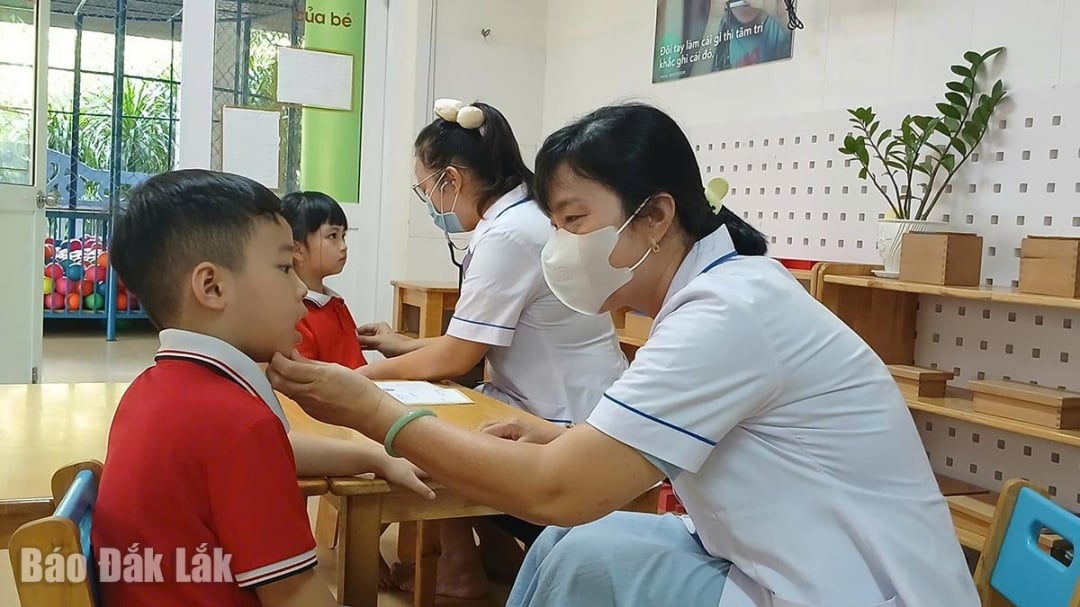
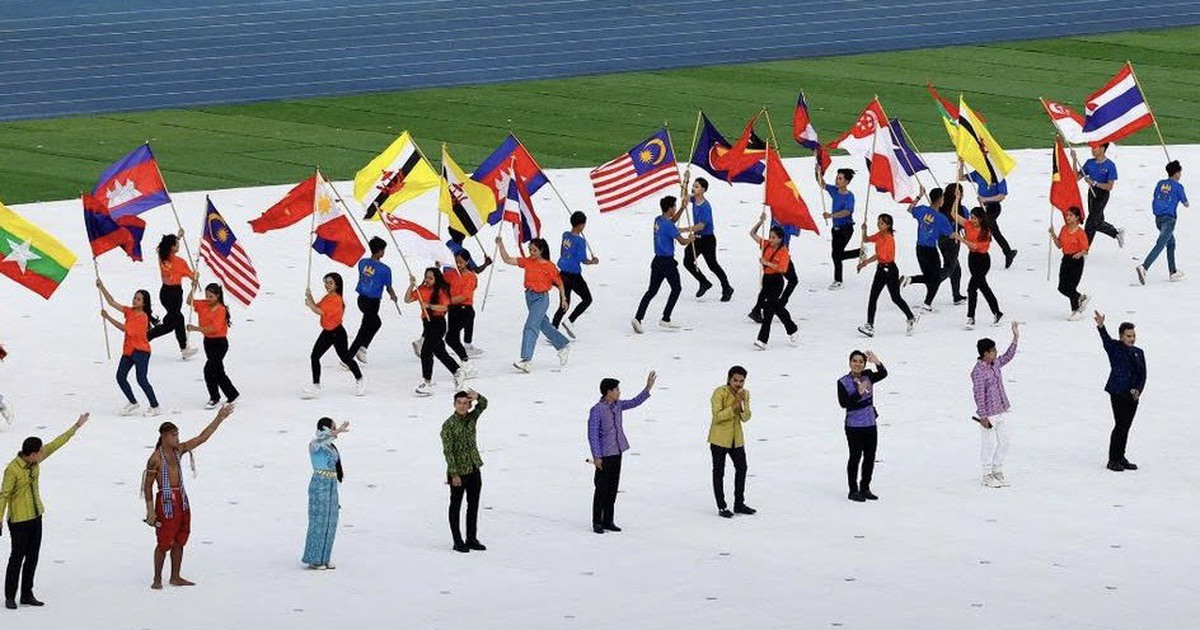

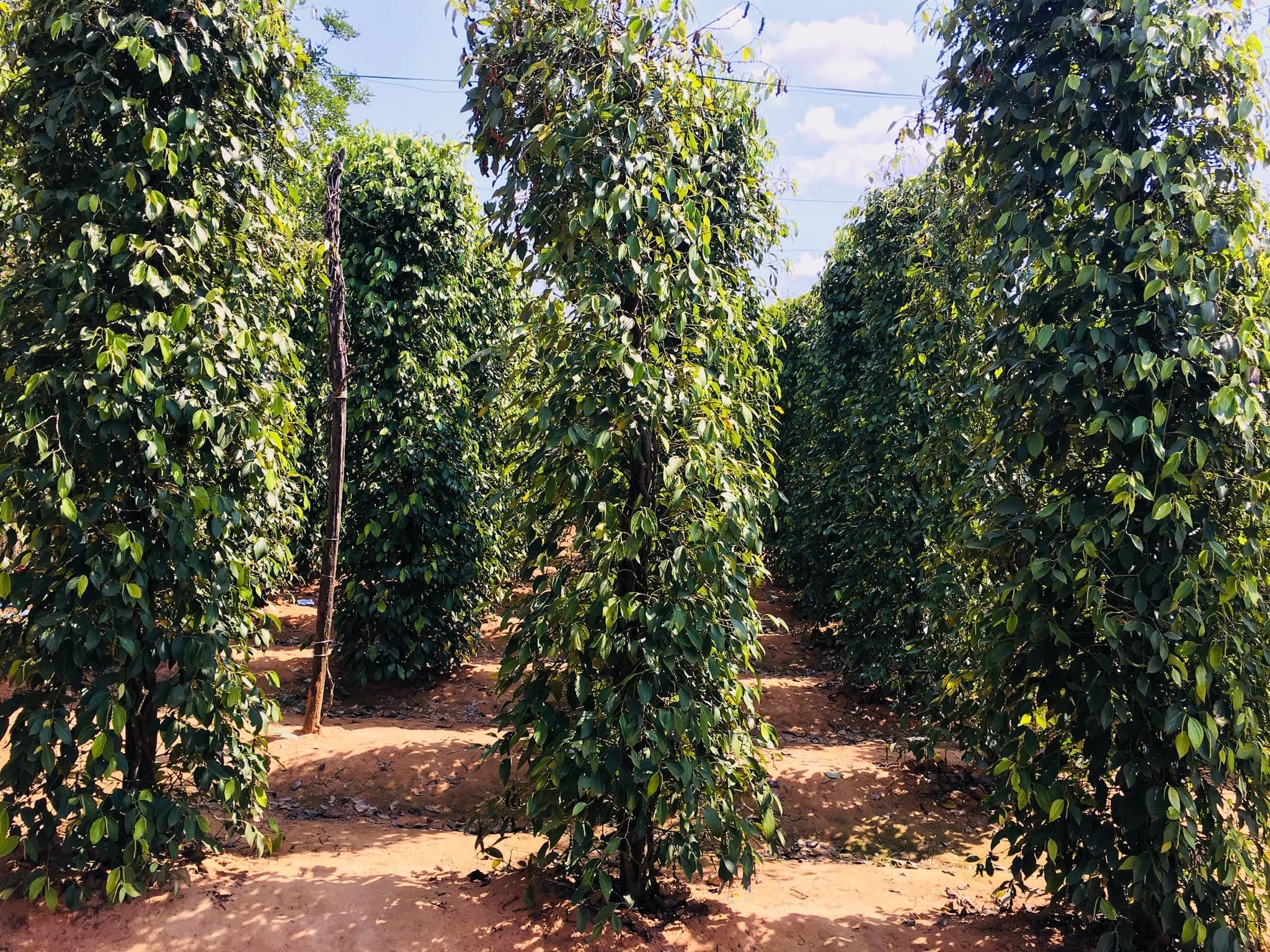
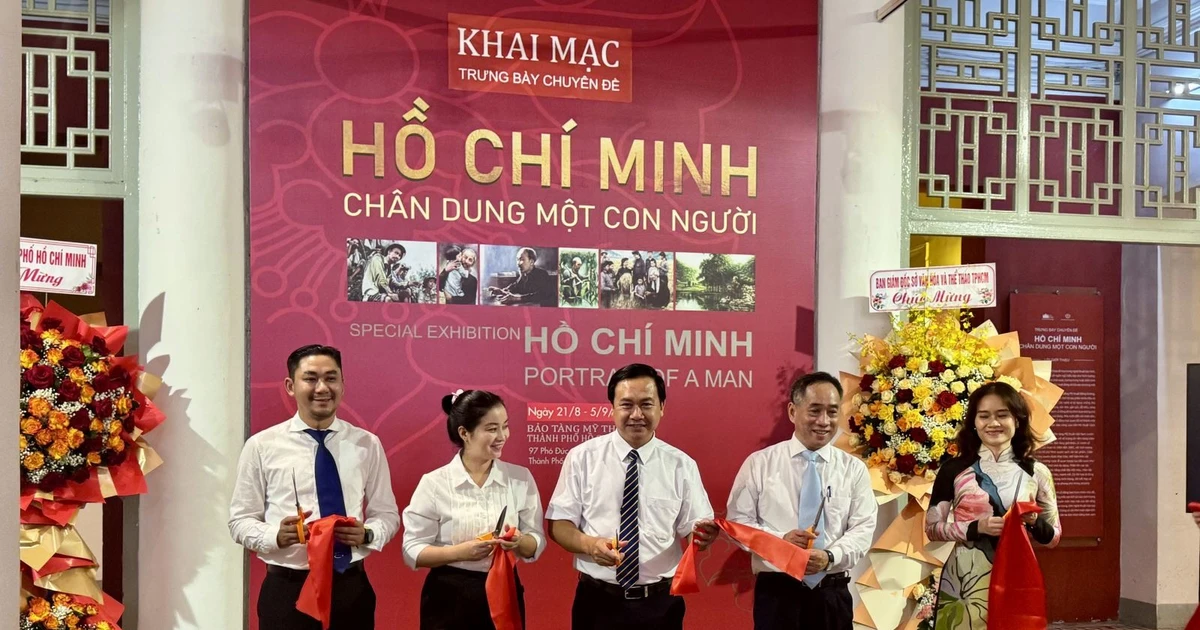

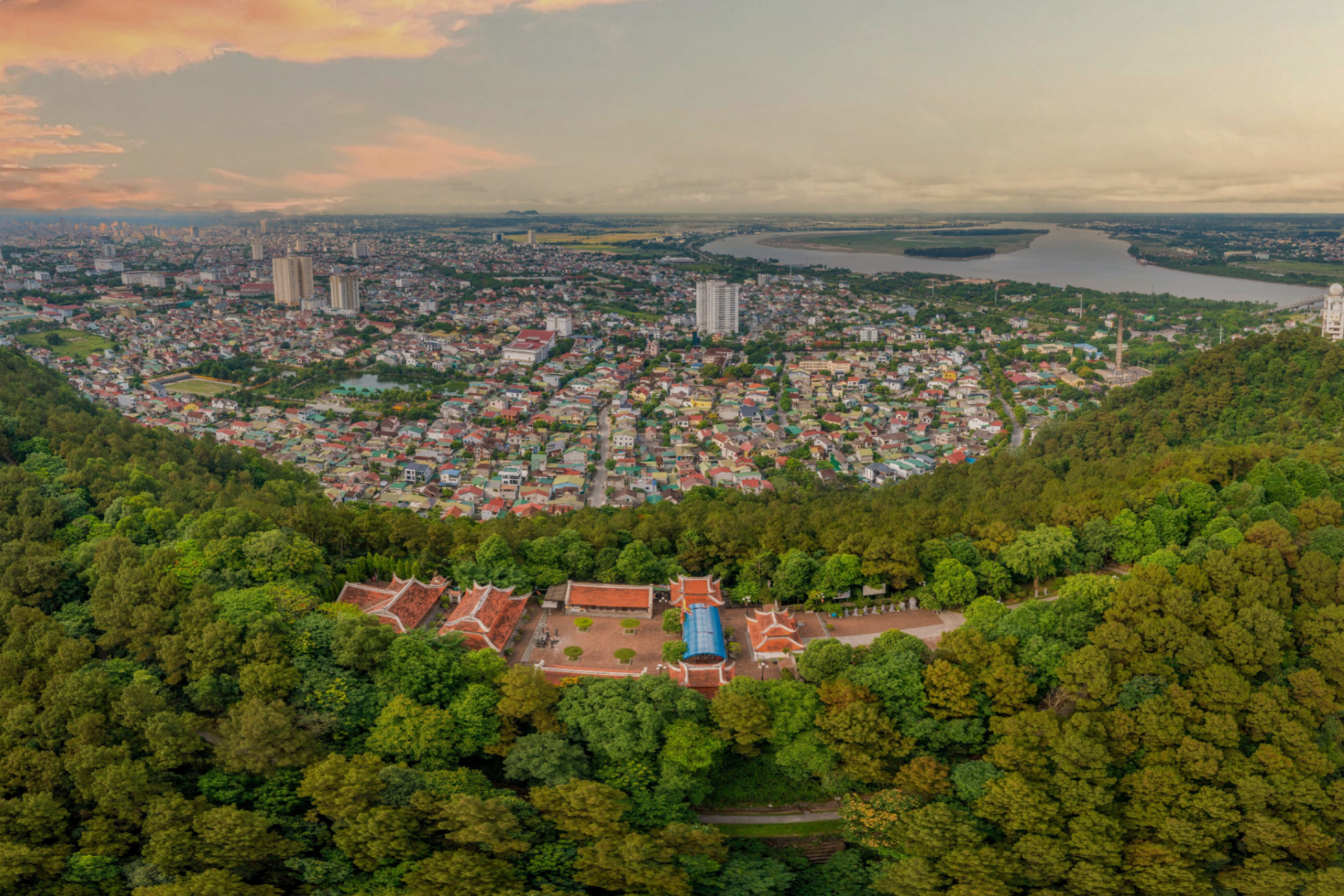













![[Photo] An Phu intersection project connecting Ho Chi Minh City-Long Thanh-Dau Giay expressway behind schedule](https://vstatic.vietnam.vn/vietnam/resource/IMAGE/2025/8/21/1ad80e9dd8944150bb72e6c49ecc7e08)








































![[Photo] Politburo works with the Standing Committee of Hanoi Party Committee and Ho Chi Minh City Party Committee](https://vstatic.vietnam.vn/vietnam/resource/IMAGE/2025/8/21/4f3460337a6045e7847d50d38704355d)

































Comment (0)